As we grow up, changes occur daily-both positive and negative. Some of them are noticeable and some are not. Some of the changes impact our personal life, some of them in the community we live in and some of the changes are at the organizational level. These changes largely affect every community member, organization and society. Some of the societal changes again have impacts on our personal and community lives, as how we continue our daily lives, and this again guides how we speak, interact and behave with other community members.
Changes are onset, and some are abrupt. I believe that some of the changes are direct, local and some are indirect or at the national level. I see change every day in both personal and professional life and in the surrounding environment be that in a family, community, organization and the society. Some changes are planned and some are not. And often, changes are predictable, and some are unpredictable. Some of the expected changes does not happen if an individual and community people do not embrace such change.
Societal change at a large scale affects members of the society to follow certain values and norms. These values and norms also regulate the individual member of a community in both informal and normal ways.
For change in personal behaviour, there are certain stages for change. For change, one must pre-contemplate, be aware, willing and act to take action and maintain the same. For behavioural change, individual may climb one or two stair cases and then return, some are able to climb all the stair cases for change and some never climb. Furthermore, individual may be slow, and some may climb fast for change. Maintenance of change is also very important. For community level change, members of the community must discuss, consult and agree upon the actions to be taken. For change, a leader with vision is a must with the support of co-leaders and community members.
Many times, we develop the theory of change on various development interventions without comparing which theory to be used for a certain social change. We should be aware that social scientists have coined various models and theories of change, and one theory may not be enough to bring social change. Perhaps we can choose one or combine different theories, including but not limited to linear, conflict, evolutionary, developmental, punctuated equilibrium, revolutionary, tipping points and cycles theories.
We are often confused that for change we think that there are two sides of coin; demand and supply and our mind is mingled sometimes that we need to aware people (as right holders) for seeking demand for services and thereby making duty bearers accountable for services. Then on the supply side, we think that the duty bearers must or will be accountable and capable for ensuring availability of services to meet the demands of people.
Learning from AWID framework, I find that changes to happen need to answer why, what, and how to do it. For change, there are informal and formal settings both at the individual and systematic level. Four quadrants divided into (I) belief, attitude, values (ii) access and control, (iii) cultural norms and practices and (iv) formal laws and policies; are cross cutting among each other. Perhaps, access and control may affect informal/systematic change in values for change or the formal laws and policies may affect individual in society to change their attitude, belief and values. An example from Nepal is that girls were able to marry at the age of 18 with the consent of parents whereas the boys need to complete age of 20. However, the new civil code has prevented both boys and girls to marry only after the age of twenty.
For change, there are always drivers and factors of change. And to lead that change, a charismatic leader in each community needs to lead the movement with the support of other visible and invisible leaders as well as community people. Some of the evident examples can be drawn from the Antigonish movement lead by Rt. Rev. Mosses Coady in Canada and the dis-integration to integration movement in bus services lead by Rosa Park in the United Sates. I find that in both the chases, there was one charismatic leader, and their leadership was supported by other community leaders for the same cause. Some of them were visible and some were not.
Many development workers working in projects and programmes have specific goal and objectives for bringing immediate change or result to utilize funds and satisfy donor requirements, however, I find that this is not possible specially to bring changes in the lives of people in the community and society. And, it takes several years of continuous intervention and action towards changes. For which, consultation and full participation of community members, identification of key problems, prioritization and selection of appropriate key interventions are very essential to bring social change.
From my reflection, reservation through Constitution for ensuring of thirty-three present women in parliament and at the local level government bodies (municipalities) in Nepal are expected to make changes in women’s participation in the decision making from now onwards. Although the 2015 mega earthquake in Nepal brought abrupt shift of anticipated social changes to focus on immediate relief and reconstruction of houses and public infrastructures, but this is taking a long time than anticipated. To cite an example in my community; behaviour and practice of keeping animals at home has brought drastic environmental changes in my local community. The barren land has now turned into greenery and protecting from flood and landslide, which was possible only with the participation and support of local community members.
At personal level, drawing river of life brings us flashback of the events and incidences that took in our past. Even a single incident in personal and family life directs our future with certain ideology, path and reason to be. For example, a death in family who is the bread earner; a violent incident such as injury, disease, gender-based violence or a person with certain positive charisma leads a person for change for the remaining in life thereby affecting in the change in norms, values and behaviour.
To reflect on change, I also look back to my family, community people and village and try to understand what has changed in my and their lives after having education, public infrastructures, electricity, improvement in communication, transports, etc. I do not see any concrete change in our quality of life. I find that people are more dependent on external assistance and more dependent on government support. We always argue and complain be in café, office, travelling in public transport, community gatherings that the government(s) did not do this or that and fail to understand why this is happening. I find that without true participation (for what, why and who) of community people and control over local assets (skills, associations, institutions) and resources, this is a far cry for generations for change. I feel that past almost 40 years is almost wasted even with many changes in political systems.
Looking back at the organizational change, I have seen various level of changes in approach and programme delivery both at the community and national levels. Some are community driven for changing of attitude, belief, values leading to change in discriminatory and harmful norms and practices and some are more directed towards access to information and services and sometimes for advocacy and policy changes.
When I asked a question to a community member in one of the communities about the level and types of government support for functioning and running of the community centre, he said that “we do not seek or entertain any government support” and mentioned that the community people are capable to contribute for positive change in the society.
Rapidly growing urbanization and migration from rural communities to cities for better quality of life has always put threat on community development in most of the countries and I see to exception in any community. I see only aged populations are there to preserve the indigenous social capital. Without availability of quality education, livelihood and other economic opportunities to retain youth in the community, the migration will continue and will have severe impact in community development and retention of indigenous and social value in coming years and perhaps for the next generation.
I realize that change does not happen overnight and takes years of hard work, dedication, commitment, enthusiasm, cooperation, trust, and leadership, especially for community development. All members of the community must be involved and have thorough consultations as to what they need.
True partnership among community, municipality and state government is essential for creation of “people’s community” for social interaction, learning, while creating space for all spheres of individuals; kids, youth, women, girls differently abled, LGBTIQs and aging population. Therefore, my reflection for change is that community development leads to greater societal change at a long run.

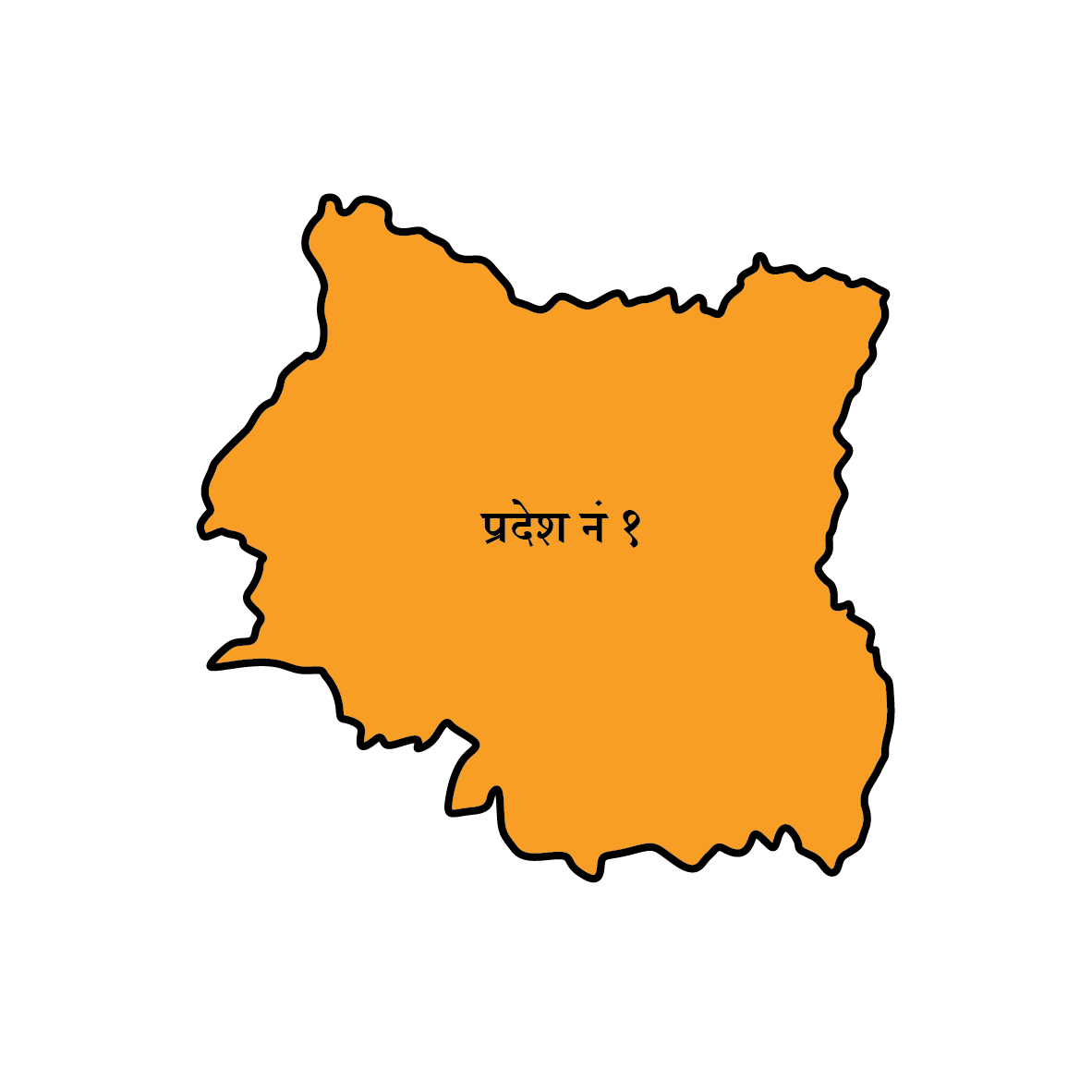 कोशी प्रदेश
कोशी प्रदेश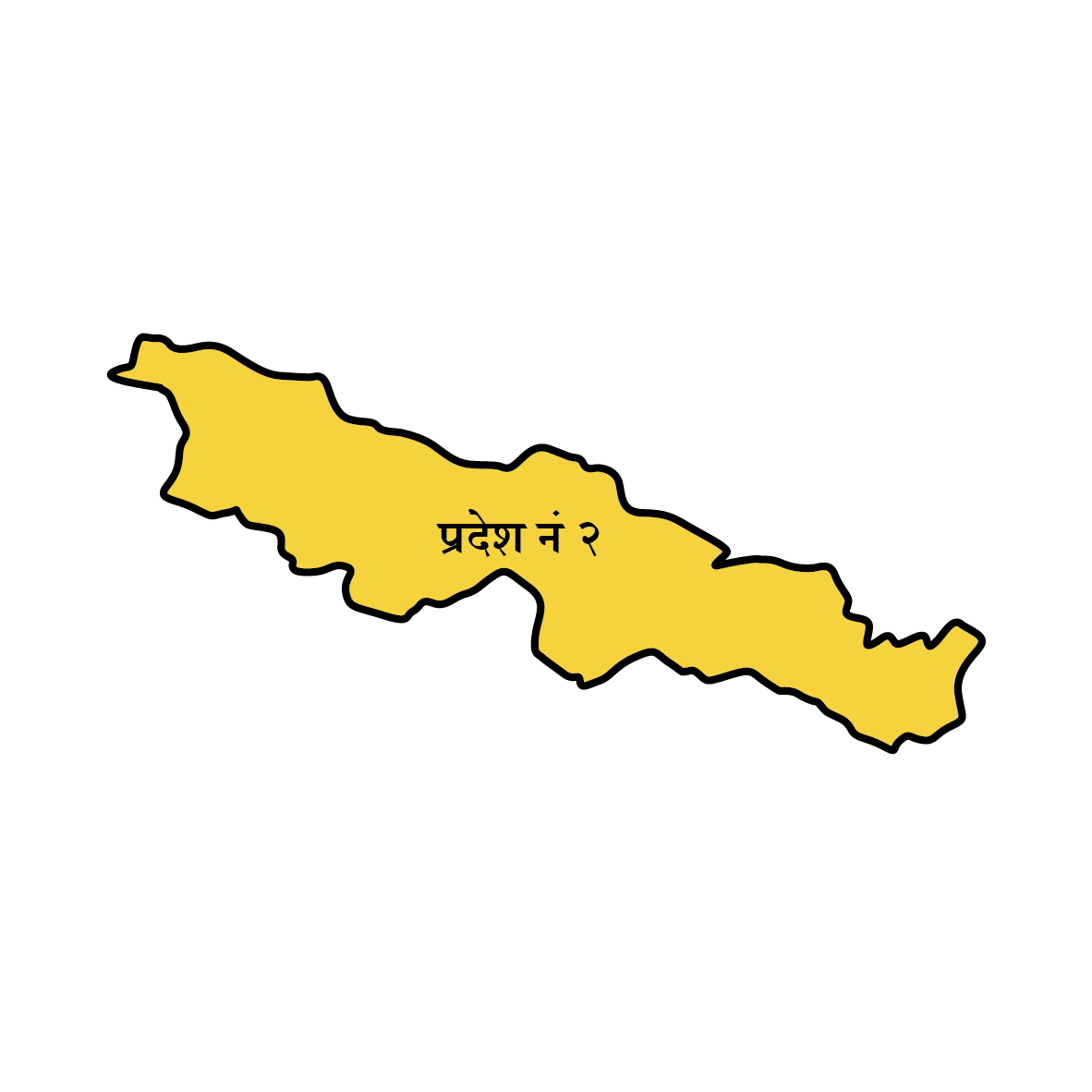 मधेश प्रदेश
मधेश प्रदेश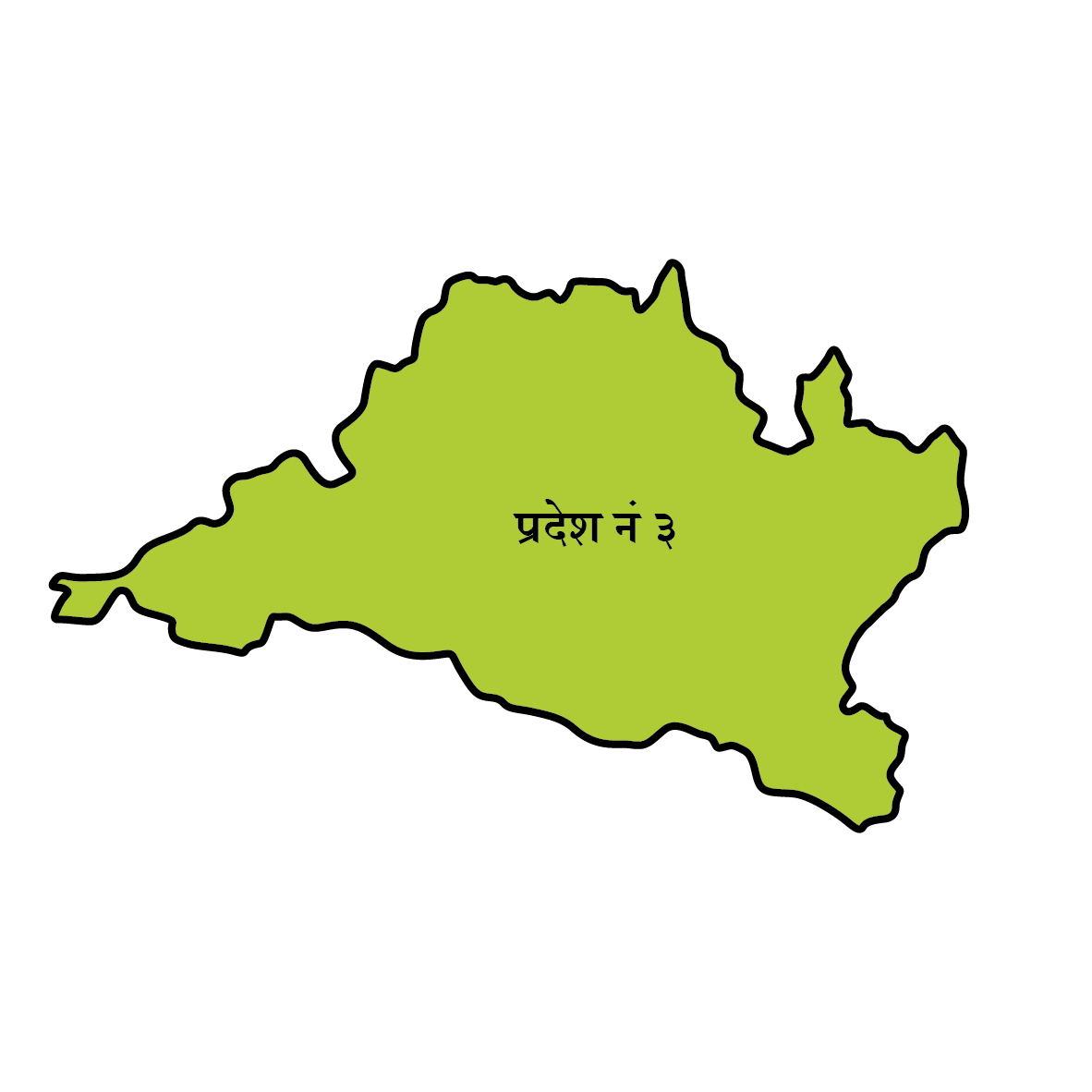 बागमती
बागमती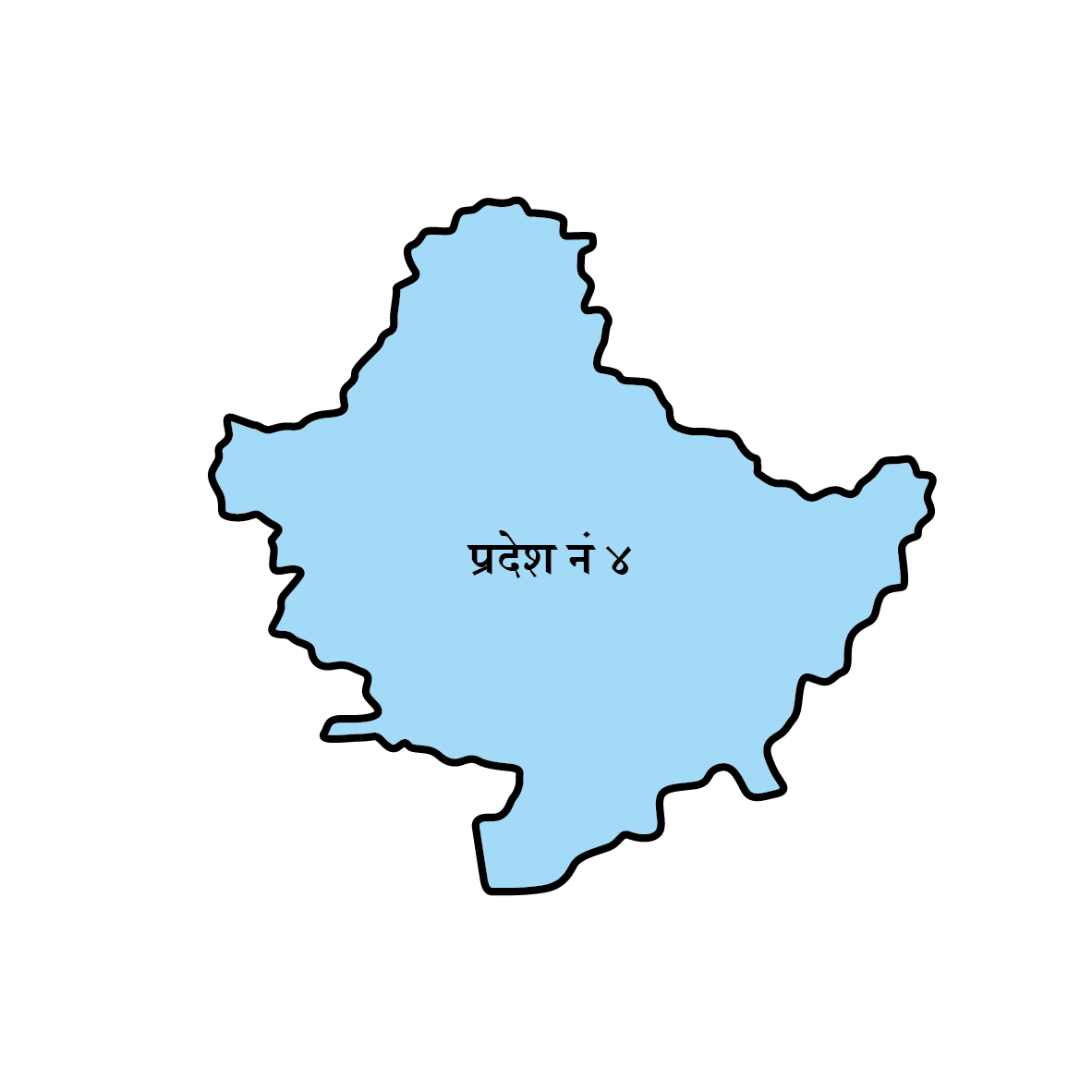 गण्डकी
गण्डकी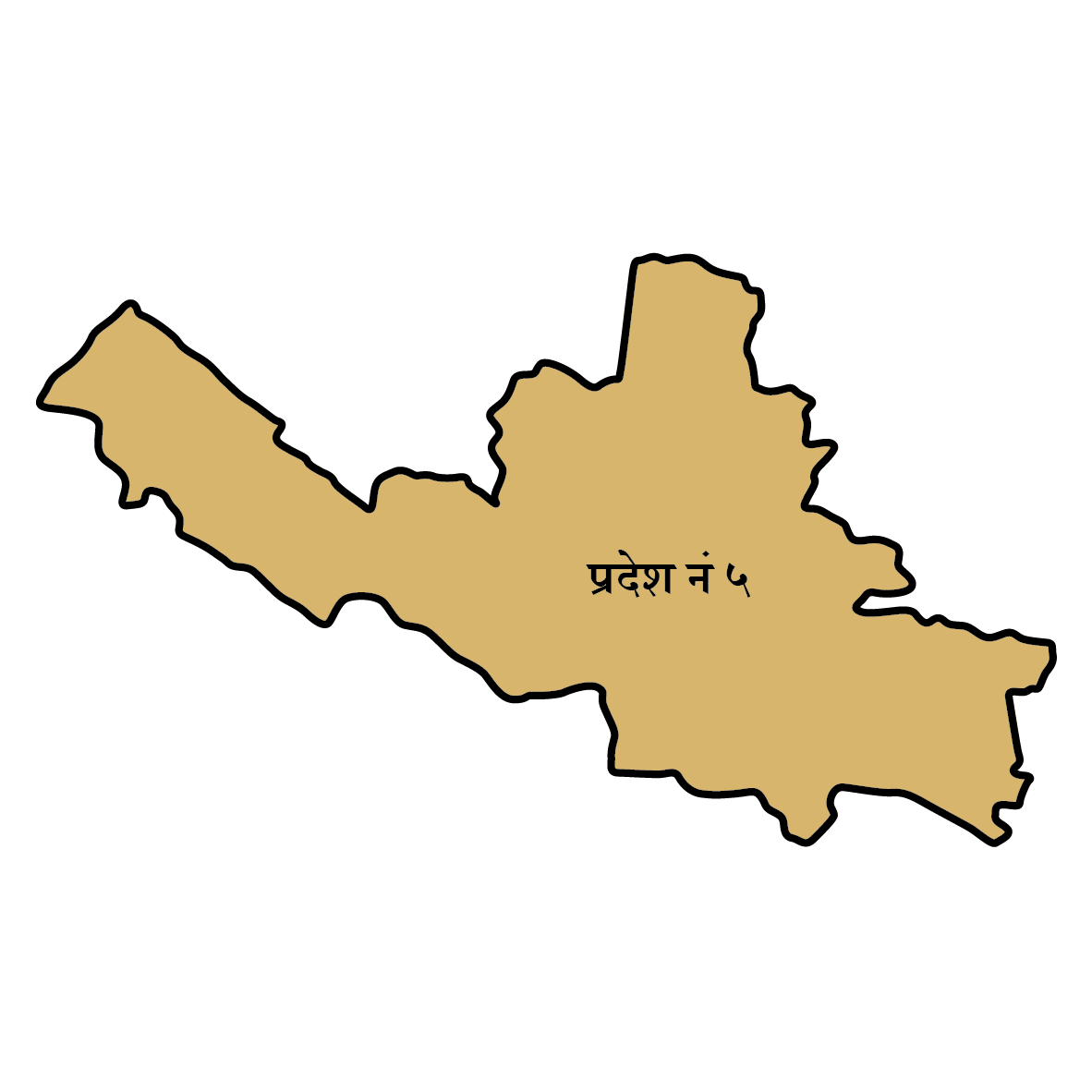 लुम्बिनी
लुम्बिनी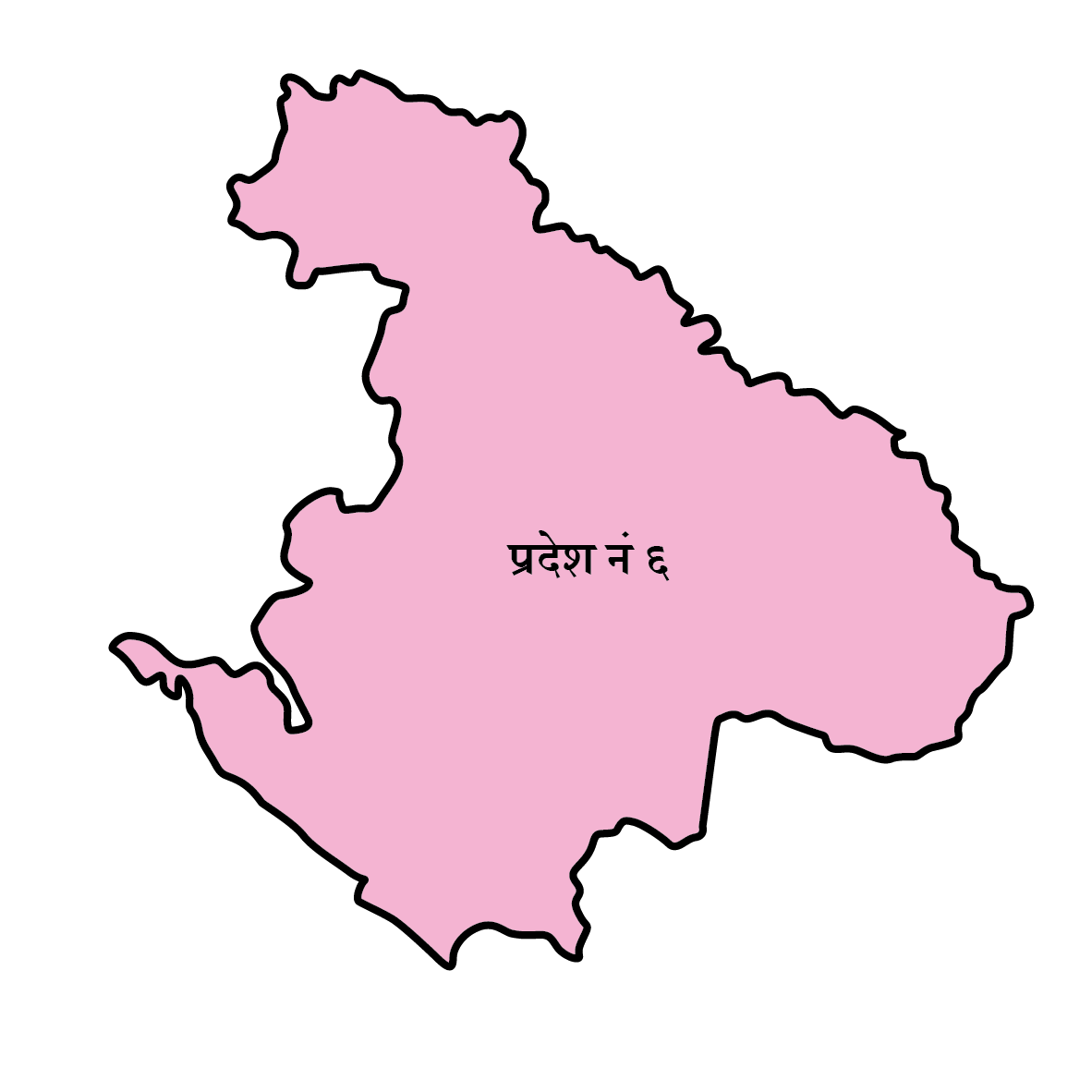 कर्णाली
कर्णाली 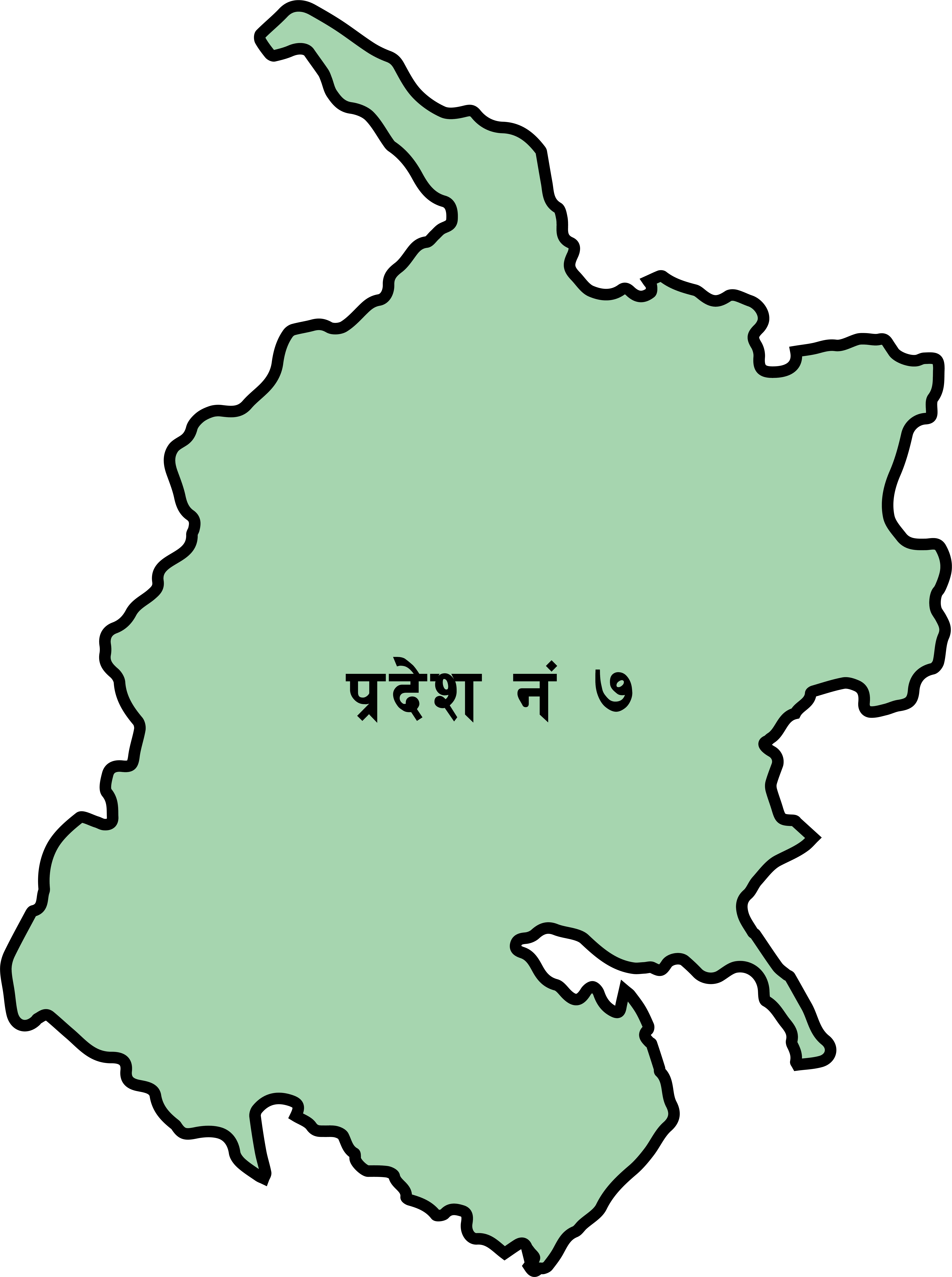 सुदूरपश्चिम
सुदूरपश्चिम
















